| Origem | Literatura Estrangeira |
|---|---|
| Quantidade de Páginas | 382 |
| Acabamento | Capa Comum |
| Autores | Não informado |
| Idioma | Inglês |
| Edição | 0 |
| Selo | Univ of Chicago behalf of Rutgers Univ Press |
 Ifigênia em Áulis, As Fenícias, As Bacantes
Ifigênia em Áulis, As Fenícias, As Bacantes
Companhia das Letras
R$ 74,90 à vista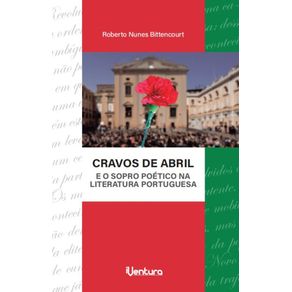 Cravos de abril: E o sopro poético na literatura portuguesa
Cravos de abril: E o sopro poético na literatura portuguesa
Iventura
R$ 35,00 à vista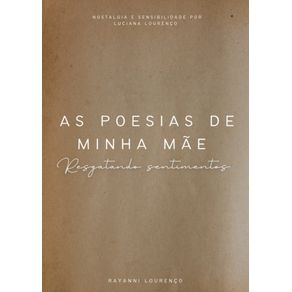 Poesias de minha mãe: Resgatando sentimentos
Poesias de minha mãe: Resgatando sentimentos
Simplíssimo
R$ 122,90 ou até 2x sem juros Frizzy (2005)
Frizzy (2005)
Galera Junior
R$ 69,90 à vista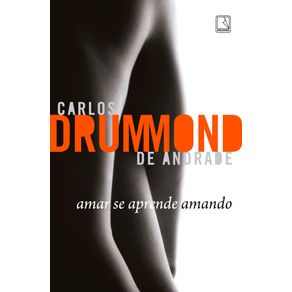 Amar se aprende amando
Amar se aprende amando
RECORD
R$ 69,90 à vista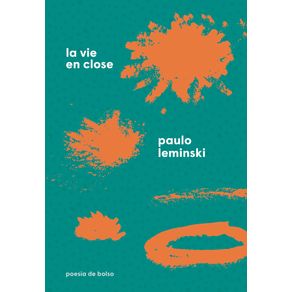 La vie en close (2506)
La vie en close (2506)
Companhia das Letras
R$ 49,90 à vista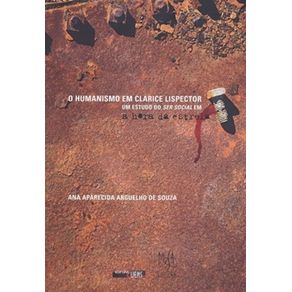 O Humanismo em Clarice Lispector
O Humanismo em Clarice Lispector
Musa
R$ 49,00 à vista Literatura premiada para crianças e jovens: da composição à sensibilização
Literatura premiada para crianças e jovens: da composição à sensibilização
Paco Editorial
R$ 88,90 à vista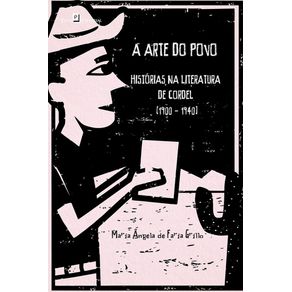 A arte do povo: histórias na literatura de cordel (1900 - 1940)
A arte do povo: histórias na literatura de cordel (1900 - 1940)
Paco Editorial
R$ 91,90 à vista O URSO E A FORMIGA
O URSO E A FORMIGA
TROINHA
R$ 78,00 à vista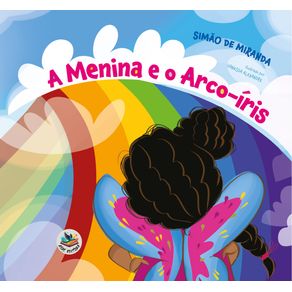 A menina e o arco iris
A menina e o arco iris
TROINHA
R$ 78,00 à vista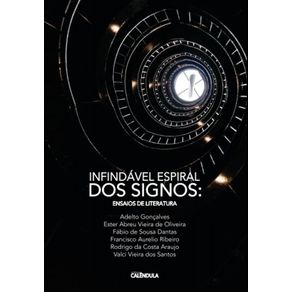 Infindável espiral de signos
Infindável espiral de signos
Calêndula
R$ 60,00 à vista Ensaios seletos
Ensaios seletos
Editora 34
R$ 92,00 à vista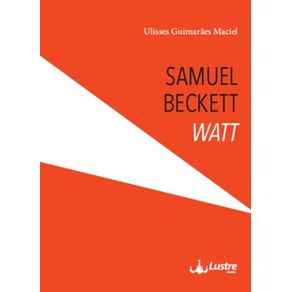 SAMUEL BECKETT WATT
SAMUEL BECKETT WATT
Editora Penalux
R$ 44,00 à vista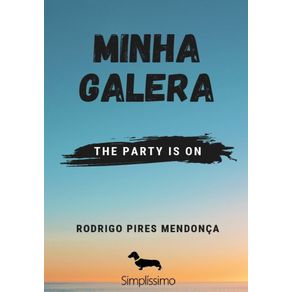 Minha Galera: The Party Is On
Minha Galera: The Party Is On
Simplíssimo
R$ 44,90 à vista Ifigênia em Áulis, As Fenícias, As Bacantes
Ifigênia em Áulis, As Fenícias, As Bacantes
Companhia das Letras
R$ 74,90 à vista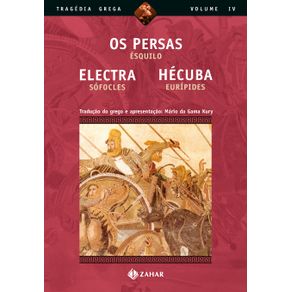 Os Persas, Electra, Hécuba
Os Persas, Electra, Hécuba
Companhia das Letras
R$ 74,90 à vista Cravos de abril: E o sopro poético na literatura portuguesa
Cravos de abril: E o sopro poético na literatura portuguesa
Iventura
R$ 35,00 à vista Poesias de minha mãe: Resgatando sentimentos
Poesias de minha mãe: Resgatando sentimentos
Simplíssimo
R$ 122,90 ou até 2x sem juros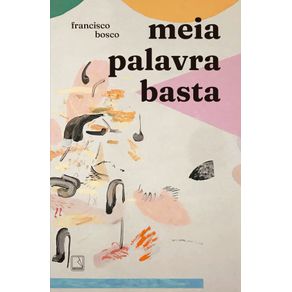 Meia palavra basta (1305)
Meia palavra basta (1305)
RECORD
R$ 54,90 à vista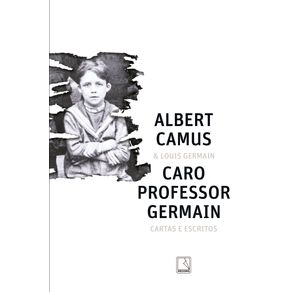 Caro professor Germain
Caro professor Germain
RECORD
R$ 59,90 à vista La vie en close (2506)
La vie en close (2506)
Companhia das Letras
R$ 49,90 à vista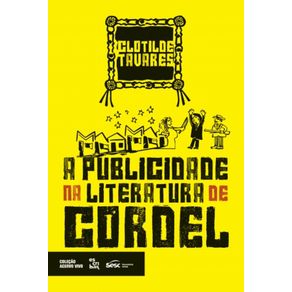 A Publicidade na literatura de cordel
A Publicidade na literatura de cordel
Escribas
R$ 50,00 à vista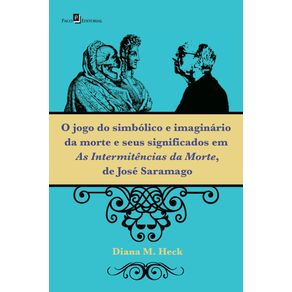 O jogo do simbólico e imaginário da morte e seus significados em As intermitências da morte, de José Saramago
O jogo do simbólico e imaginário da morte e seus significados em As intermitências da morte, de José Saramago
Paco Editorial
R$ 44,90 à vista Literatura premiada para crianças e jovens: da composição à sensibilização
Literatura premiada para crianças e jovens: da composição à sensibilização
Paco Editorial
R$ 88,90 à vista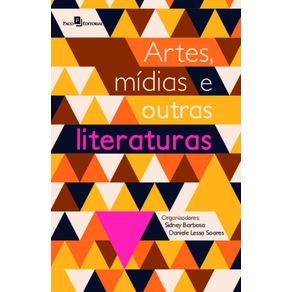 Artes, mídias e outras literaturas
Artes, mídias e outras literaturas
Paco Editorial
R$ 133,90 ou até 2x sem juros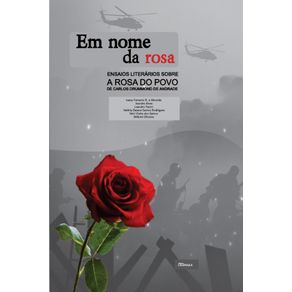 Em nome da rosa: Ensaios literários sobre A Rosa do Povo, deCarlos Drummond de Andrade
Em nome da rosa: Ensaios literários sobre A Rosa do Povo, deCarlos Drummond de Andrade
Calêndula
R$ 52,00 à vista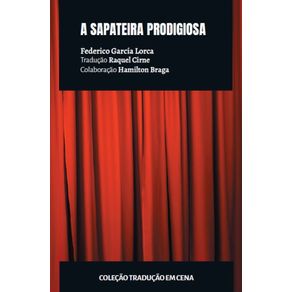 A Sapateira Prodigiosa
A Sapateira Prodigiosa
Tacet Books
R$ 49,90 à vista MEU BARQUINHO DE PAPEL
MEU BARQUINHO DE PAPEL
TROINHA
R$ 78,00 à vista Contando com aquarela
Contando com aquarela
Asas Editora
R$ 74,00 à vista Ifigênia em Áulis, As Fenícias, As Bacantes
Ifigênia em Áulis, As Fenícias, As Bacantes
Companhia das Letras
R$ 74,90 à vista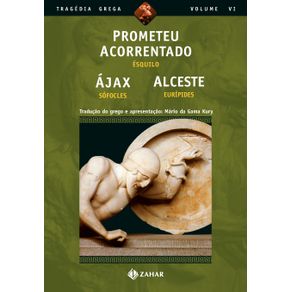 Prometeu Acorrentado, Ájax, Alceste
Prometeu Acorrentado, Ájax, Alceste
Companhia das Letras
R$ 74,90 à vista Cravos de abril: E o sopro poético na literatura portuguesa
Cravos de abril: E o sopro poético na literatura portuguesa
Iventura
R$ 35,00 à vista Entre Correntes: A Resistência Saga
Entre Correntes: A Resistência Saga
Simplíssimo
R$ 65,90 à vista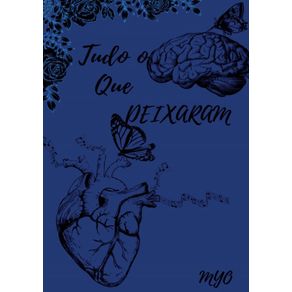 Tudo o que deixaram
Tudo o que deixaram
Simplíssimo
R$ 60,00 à vista Poesias de minha mãe: Resgatando sentimentos
Poesias de minha mãe: Resgatando sentimentos
Simplíssimo
R$ 122,90 ou até 2x sem juros Meia palavra basta (1305)
Meia palavra basta (1305)
RECORD
R$ 54,90 à vista O jogo do simbólico e imaginário da morte e seus significados em As intermitências da morte, de José Saramago
O jogo do simbólico e imaginário da morte e seus significados em As intermitências da morte, de José Saramago
Paco Editorial
R$ 44,90 à vista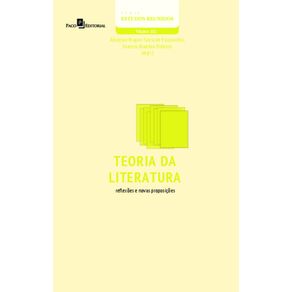 Teoria da literatura: reflexões e novas proposições
Teoria da literatura: reflexões e novas proposições
Paco Editorial
R$ 42,90 à vista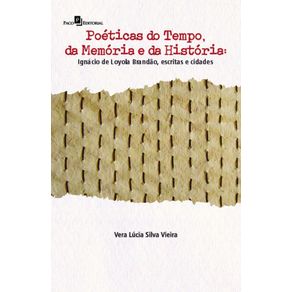 Poéticas do tempo, da memória e da história: Ignácio de Loyola Brandão, escritas e cidades
Poéticas do tempo, da memória e da história: Ignácio de Loyola Brandão, escritas e cidades
Paco Editorial
R$ 91,90 à vista Em nome da rosa: Ensaios literários sobre A Rosa do Povo, deCarlos Drummond de Andrade
Em nome da rosa: Ensaios literários sobre A Rosa do Povo, deCarlos Drummond de Andrade
Calêndula
R$ 52,00 à vista MEU BARQUINHO DE PAPEL
MEU BARQUINHO DE PAPEL
TROINHA
R$ 78,00 à vista O COLECIONADOR DE SONHOS
O COLECIONADOR DE SONHOS
TROINHA
R$ 78,00 à vista A menina e o arco iris
A menina e o arco iris
TROINHA
R$ 78,00 à vista Contando com aquarela
Contando com aquarela
Asas Editora
R$ 74,00 à vista